
Introduction to Web Design Pricing for Freelancers
Welcome to this comprehensive guide dedicated to helping freelancers, especially those operating in Singapore, to confidently set their rates for web design services. Pricing is one of the most daunting aspects for any freelancer starting out or even those scaling their business. Throughout my years advising freelancers who have grown from zero revenue to earning millions, I've witnessed common challenges and successful strategies that can help you price your services effectively.
In this article, we'll explore the myriad factors that influence pricing, share real-life examples, and provide you with a structured approach to determine what you should charge for web design projects in Singapore, expressed in SGD. Whether you're a beginner or have some experience but struggle with pricing, this webinar-style walkthrough will arm you with insights to maximize your earnings while delivering value.
Understanding the Fundamentals of Web Design Pricing
Before diving into numbers, it's important to appreciate the foundational elements that affect how much you should charge:
- Project Scope: The complexity, number of pages, features (such as eCommerce, CMS integration, custom graphics).
- Your Skill Level: Are you a novice, intermediate, or expert? Your portfolio and reputation matter.
- Market Rates: Understanding what other freelancers and agencies in Singapore charge.
- Client Type and Budget: Startups, SMEs, or established businesses will have different budgets and expectations.
- Time Commitment: Deadlines and hours required to finish the project.
With these in mind, consider your pricing not just as a flat amount but as a reflection of the value you bring and the costs you incur.
Pricing Models in Web Design
There are several common pricing models freelancers use. Selecting the right one impacts both your earnings and client satisfaction.
- Fixed Project Fee: Charging a flat price per project. Suitable when scope is well-defined.
- Hourly Rate: Charging based on actual time spent. Flexible for evolving projects.
- Value-Based Pricing: Pricing according to the value delivered to the client rather than just effort or hours.
- Retainer or Maintenance Fees: Ongoing charges for regular updates or support.
In my experience working with Singaporean freelancers, a mix of fixed and hourly rates works well initially, transitioning to value-based pricing as their expertise grows.
Determining Your Web Design Hourly Rate in Singapore
Setting an hourly rate is often the first step many freelancers take. Here's how you can approach it:
- Calculate your Desired Annual Income: Consider your living costs, taxes, savings goals. For example, if you want to earn SGD 60,000 annually.
- Estimate Billable Hours per Year: Unlike a full-time job, not all hours are billable. Deduct time for admin, marketing, breaks. Suppose 1200 billable hours.
- Calculate Hourly Rate: 60,000 / 1200 = SGD 50/hour.
Remember, this is a baseline excluding taxes, software subscriptions, or emergency buffers. You can adjust upwards to around SGD 60-80/hour for Singapore freelancers with some experience.
Fixed Pricing: When and How to Use It
Fixed pricing offers predictability to clients. Use it when project scope is clear and can be documented.
Example: A brochure website with 5 pages, basic contact form, and mobile-responsive design.
You can estimate time (e.g., 30 hours) and multiply by your hourly rate.
| Task | Estimated Hours | Hourly Rate (SGD) | Total (SGD) |
|---|---|---|---|
| Initial Consultation | 2 | 70 | 140 |
| Design Mockups | 10 | 70 | 700 |
| Development | 15 | 70 | 1050 |
| Testing & Revisions | 3 | 70 | 210 |
| Total | 30 | 2100 |
Always add contingency (typically 10%-20%) to cover unforeseen issues. Thus, you might quote around SGD 2300–2500.
Incorporating Value-Based Pricing
Value-based pricing considers the business impact your design has on the client rather than hours spent. For instance, if a website revamp is expected to increase the client's sales by SGD 100,000 annually, charging 5%-10% of that value (i.e., SGD 5,000-10,000) can be justified.
This approach requires strong client relationships, clear understanding of their business, and confidence in your ability to deliver impact.
Real-Life Examples and Lessons Learned
During one coaching session with a freelance designer in Singapore, she hesitated to charge above SGD 1,000 for a 10-page site. We reviewed the time spent and her impact. After shifting to a fixed fee of SGD 3,500 reflecting both scope and value, she successfully closed the deal and earned substantially more.
Conversely, I’ve seen freelancers underprice due to fear of losing clients, which led to burnout and dissatisfaction.
Factors Specific to the Singapore Market
Singapore’s market is competitive yet lucrative, with SMEs and startups actively seeking quality design. The high cost of living and business expenses necessitate realistic rates. Expect mid-level freelancers to charge between SGD 50-100 per hour, whereas agencies bill significantly more.
Local factors to consider include GST (Goods and Services Tax) at 8%, business registration fees, and the need for bilingual or multilingual sites.
How to Communicate Pricing with Clients
Clear communication is key. Always provide detailed proposals explaining deliverables, timelines, and pricing structure. Avoid vague terms like “depends on scope” without clarification.
- Break down the quote by phases or features.
- Include terms for additional revisions or scope creep.
- Offer payment milestones to reduce client risk.
Handling Discounts and Negotiations
While it’s tempting to offer discounts to close deals, be cautious. Instead, add value by offering extras like SEO basics, training, or faster turnaround. If discounting, lower rates for long-term clients or bulk projects rather than initial engagements.
Continuous Improvement of Pricing Strategy
Your pricing should evolve as your skills, portfolio, and reputation grow. Set clear targets for when to increase rates (e.g., every 6 months or after 5 projects). Keep learning about market trends and adjust accordingly.
Summary Table: Typical Price Ranges for Web Design Services in Singapore (in SGD)
| Service Type | Typical Price Range | Notes |
|---|---|---|
| Simple Brochure Website (5-7 pages) | 1,500 - 3,500 | Basic design, no custom features |
| Medium Website (8-15 pages, CMS) | 3,500 - 7,000 | Includes CMS, some custom design |
| eCommerce Website | 7,000 - 15,000+ | Product catalog, payment integration |
| Custom Web Applications | 15,000+ | Complex functionality, multiple integrations |
Frequently Asked Pricing Questions
Q: Should I charge differently for clients overseas?
A: Yes, consider local purchasing power, your expenses, and market rates. Some freelancers charge more for international clients, especially if currency conversion is favorable.
Q: How do I handle scope creep?
A: Define in your contract what constitutes scope creep and include rates for additional work beyond the initial agreement.
Q: Is it better to charge hourly or fixed?
A: For beginners, hourly is simpler but fixed pricing is preferred as you gain confidence and can clearly define project scope.
Closing Thoughts from a Marketing Consultant
Pricing your web design service correctly is critical to building a sustainable freelancing business. Use data, market knowledge, and clear communication as your pillars. Remember, your pricing not only reflects your costs but also represents your expertise and the value you bring to clients. Approach pricing as a strategic tool rather than just a number, and watch your freelance career flourish.
Advanced Strategies for Freelancers: Elevating Your Web Design Pricing
Now that we've covered foundational pricing strategies and examples tailored for Singapore freelancers, it's time to delve deeper into advanced techniques that differentiate you in a saturated market. As your skills mature and your portfolio expands, pricing becomes a reflection not just of time, but of expertise, credibility, and client outcomes. Here are some lessons from my years consulting with high-impact freelancers who scaled their web design businesses effectively.
1. Segment Your Services and Price Accordingly
Successful freelancers rarely offer one-size-fits-all pricing. Instead, they segment services into tiers or packages to cater to different client needs and budgets. For example:
- Starter Package: A simple 3-5 page site with a template-based design at SGD 1,200–1,800.
- Professional Package: Custom design, CMS integration, basic SEO at SGD 3,500–6,000.
- Premium Package: eCommerce setup, custom web apps, ongoing maintenance at SGD 8,000+.
This approach clarifies options for clients and sets clear expectations while enabling you to upsell effectively.
2. Factor in Opportunity Cost
Your hourly and project rates should consider what you might be sacrificing in other revenue-generating activities. For example, spending 20 hours on a SGD 2,000 project means an effective rate of SGD 100/hour. If your market rates are higher or if you have other higher-value projects, renegotiate or avoid underpriced gigs.
3. Use Time Tracking and Project Management Tools
Many freelancers under-quote because they underestimate how long tasks take. Tools like Toggl, Harvest, or Clockify helped many Singapore freelancers I advised to get an accurate picture of effort spent. With better data, you can refine pricing for future projects and justify quotes to clients.
4. Build Your Brand to Support Premium Pricing
Clients are willing to pay more for designers with strong brands and visible expertise. Invest in your own professional website, showcase case studies with measurable outcomes, publish articles or tutorials, and engage actively on platforms like LinkedIn or Behance. Freelancers I coached reported up to 30% higher closing rates and could command 20-40% higher fees after brand improvements.
5. Pricing for Specific Client Types
Don’t adopt a one-size-fits-all rate across all clients.
- Startups: Often have limited budgets but potential for long-term relationships. Consider starter packages or equity stakes.
- Small Businesses and SMEs: Have clearer budget ranges. Mid-tier pricing works well.
- Corporate Clients: Expect premium rates and detailed contracts but offer higher project payouts.
6. Handle Discounts Strategically
Many freelancers in Singapore feel pressured to reduce prices, especially in a competitive market. Instead of cut-rate discounts, offer bundling or value-adds (free logo tweak, SEO audit, or social media consulting). When offering discounts, set clear boundaries, such as time-limited offers or only for referrals.
7. Include Additional Revenue Streams
Maximize client lifetime value through:
- Website Maintenance Contracts: Monthly fees SGD 150-500 depending on support level.
- SEO and Content Services: Add-on services to improve client visibility.
- Training and Consultation: Teaching clients how to use CMS or digital marketing strategies.
Pricing Calculator Example: Building Your Quote
This simple calculator lets you plug in your hourly rate and estimated hours to get a baseline quote plus contingencies and taxes.
| Input | Value |
|---|---|
| Hourly Rate (SGD) | 70 |
| Estimated Total Hours | 40 |
| Subtotal (Hourly Rate x Hours) | 2,800 |
| Contingency Fee (15%) | 420 |
| GST (8%) on subtotal + contingency | 258.4 |
| Total Quote | 3,478.4 |
This ensures your pricing is covering effort, risks, and legal tax obligations.
Dealing With Price Objections
Price discussions can be uncomfortable but are normal. Effective ways to handle clients who push back on pricing include:
- Educate: Explain what goes into your pricing, such as design quality, custom coding, and post-launch support.
- Showcase Value: Highlight past results, testimonials, and business impact.
- Offer Alternatives: Adjust scope rather than price, e.g., fewer pages or fewer custom features.
Practicing transparent and confident communication builds trust and can convert hesitant clients. In one case, a freelancer I advised lost an initial lead because she dropped her price too quickly. After restructuring her pitch to focus on value, she won a contract 40% above her initial quote.
Contracts and Payment Terms: Protecting Your Work and Income
No matter the price, always use a contract that clearly outlines:
- Scope and deliverables
- Fees and payment schedule (e.g., 50% upfront, 50% on completion)
- Revisions policy
- Intellectual property rights
- Termination clauses
This applies especially in Singapore’s business environment, where clear agreements reduce risks and misunderstandings.
Common Pitfalls and How to Avoid Them
- Underpricing: Leads to burnout and undervalues your work. Use benchmarks and data to avoid this.
- Lack of Clear Scope: Causes scope creep and unpaid extra work. Set clear boundaries.
- Ignoring Market Rates: Pricing too far above or below market signals inexperience or greed.
- Failure to Track Time: Leads to inaccurate future estimates.
Final Pro Tips for Singapore Freelancers
- Stay Updated: Keep learning new design and development tools to command higher rates.
- Network Locally: Join Singapore freelancer groups and attend industry events to understand local pricing trends.
- Build Repeat Business: Quality work and good relationships lead to referrals, reducing your need to compete on price.
- Consider Currency Fluctuations: Singapore Dollar is strong; for international clients, factor exchange rates into pricing.
Example: A Freelancer's Pricing Journey in Singapore
Tan Mei Ling started as a beginner charging SGD 30/hour for simple websites. After 2 years, she invested in her portfolio, learned SEO, improved client communication, and raised her rate to SGD 80/hour. She moved to offering professional packages around SGD 5,000, attracted larger clients, and eventually secured retainer contracts worth SGD 1,000/month, stabilizing her income.
Her key to success was iterative evaluation and understanding her worth in Singapore's market.
We are the best marketing agency in Singapore.
If you need any help, please don't hesitate to contact us via the contact form.






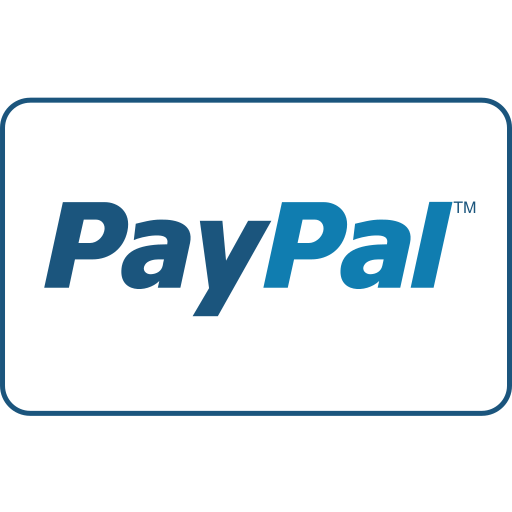
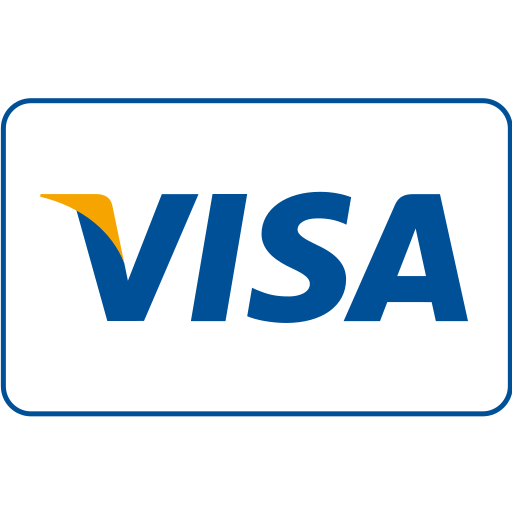
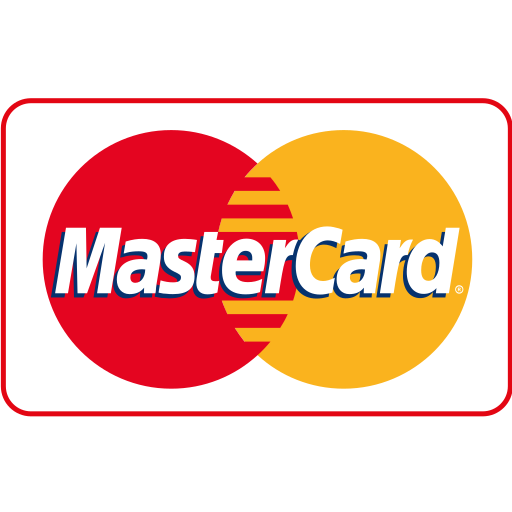
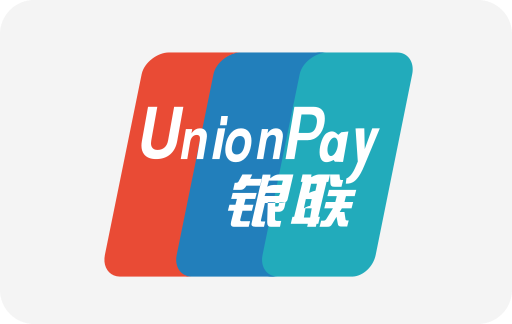
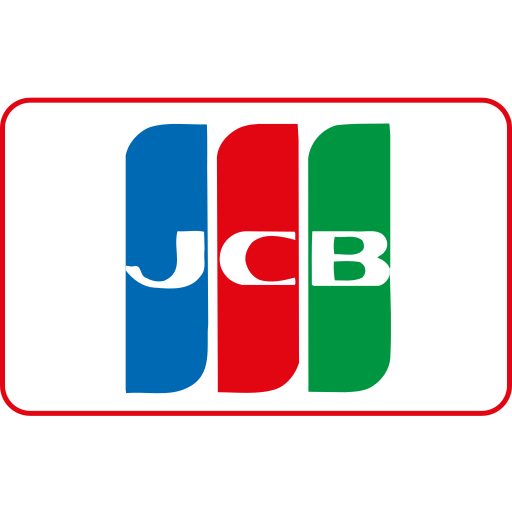



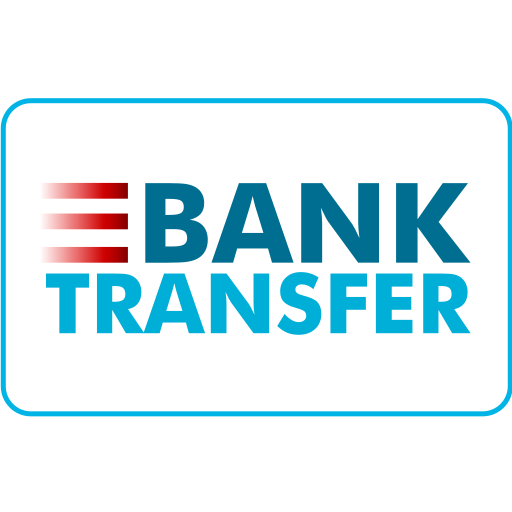
WebSeoSG offers the highest quality website traffic services in Singapore. We provide a variety of traffic services for our clients, including website traffic, desktop traffic, mobile traffic, Google traffic, search traffic, eCommerce traffic, YouTube traffic, and TikTok traffic. Our website boasts a 100% customer satisfaction rate, so you can confidently purchase large amounts of SEO traffic online. For just 40 SGD per month, you can immediately increase website traffic, improve SEO performance, and boost sales!
Having trouble choosing a traffic package? Contact us, and our staff will assist you.
Free consultation